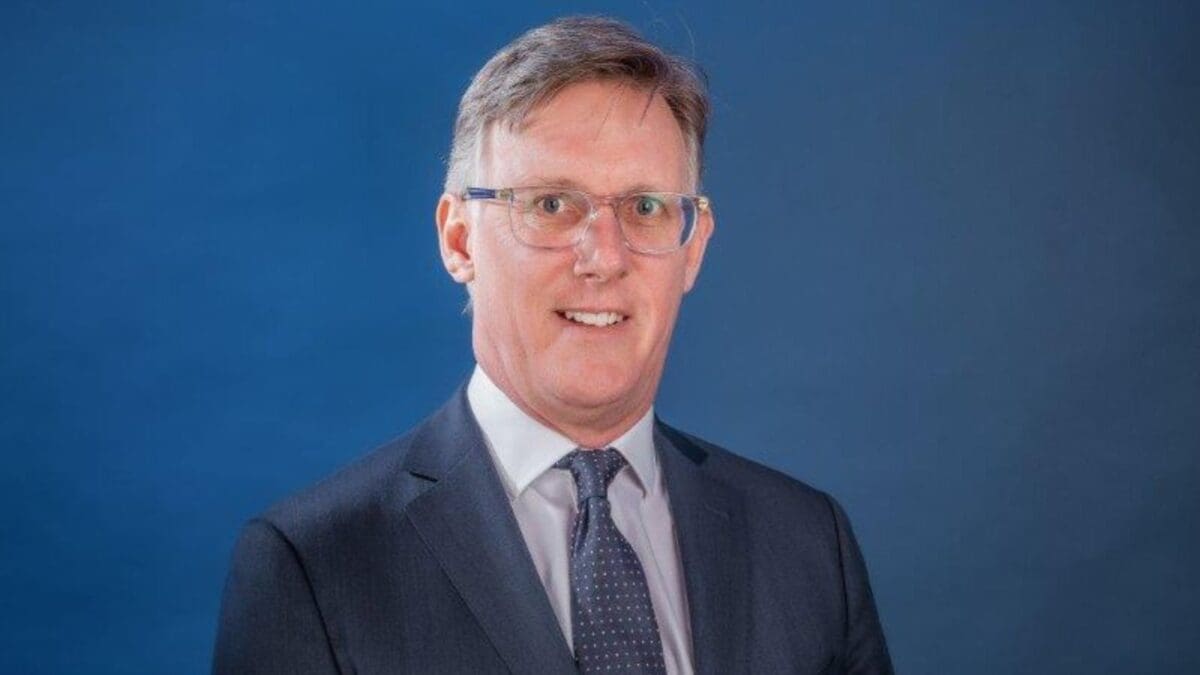The explosive history of UniSuper’s big property buy (and why it won’t shop offshore for more)
Few assets have the same explosive history as the 66 hectares of land in Deer Park that UniSuper has just purchased for $260 million. “Beautifully situated” on the Melbourne ring road, the land has been owned by Orica since the 1870s, when it was used to manufacture dynamite for the Gold Fields, and stored explosives throughout its history.
Now extensively remediated by a pair of remote-controlled bulldozers equipped with steel plate armour and chain flails (both survived the experience), its development – over the next six or seven years – into a 350,000+ square metre industrial estate means it should one day comprise a $1 billion chunk of UniSuper’s direct property portfolio.
“It was largely just a paddock with a whole lot of bunkers scattered through it,” UniSuper senior property manager Nick Stephens tells ISN. “The view is that it will be a cornerstone asset in a bigger and bigger direct property portfolio that we believe is market leading.”
Many corners of the private markets are seeing a Gold Rush of their own, with more and more new investors pouring into them every day. But Stephens says UniSuper is using the same approach to unlisted property it has since the inception of its program.
“I don’t think it’s changed a great deal, and we’re certainly a pioneer in this directly owned space,” Stephens says, citing its mid-90s acquisition of Karrinyup Shopping Centre (the Bondi Junction/Chadstone of Perth). “We’ve always had a directly owned property portfolio that is a primary focus for us over and above pooled exposures.
“Most of our peers now have also decided they want to get in on that action, as a function of having gotten big enough, and now believe they’re of a scale that allows them to do that. But they’re just at the start of that journey, and their aspiration seems to extend beyond their ability to actually transact at the moment… We think our portfolio is far more resilient over the medium- to long-term than anything our peers are holding.”
Underweight office
That’s in large part because the fund is underweight office “in a big way” and under-geared relative to the market benchmark. The fund has always had a bias to “high quality retail”; during Covid it recapitalised what was then the AMP Capital Retail Trust, which owned Pacific Fair and Macquarie shopping centre, alongside Cbus property – and at a “great price because everybody thought retail was dead”. But its two office assets in Sydney are both fully let and have outperformed the office component of their benchmark.
“Given what’s going on in the market we’re happy to be underweight office, and we’re happy for the fact that the office we do own is outperforming its subsector,” Stephens says.
But while the fund is pretty proud of its $8 billion direct property portfolio it has no plans to add overseas assets to the mix. Still, big super funds – which UniSuper increasingly is – don’t always have a choice; FUM growth as a function of guaranteed contributions (and even good performance) often necessitates looking offshore for a place to invest all the money coming in.
“It’s incremental risk in a market you’re not as close to,” Stephens says. “We don’t need to go there to meet the overall investment objectives of our property portfolio – so why would we? We’re not closed-minded to the fact that we may run out of opportunities and we may have to consider it, but until that day it’s not part of our current strategy.”











